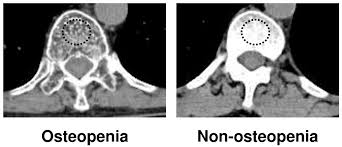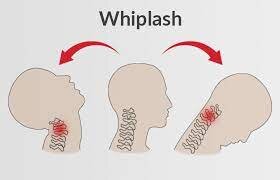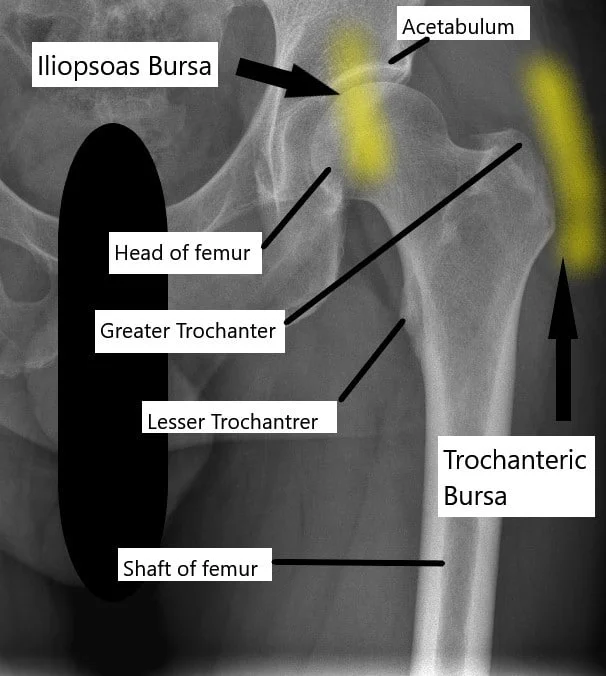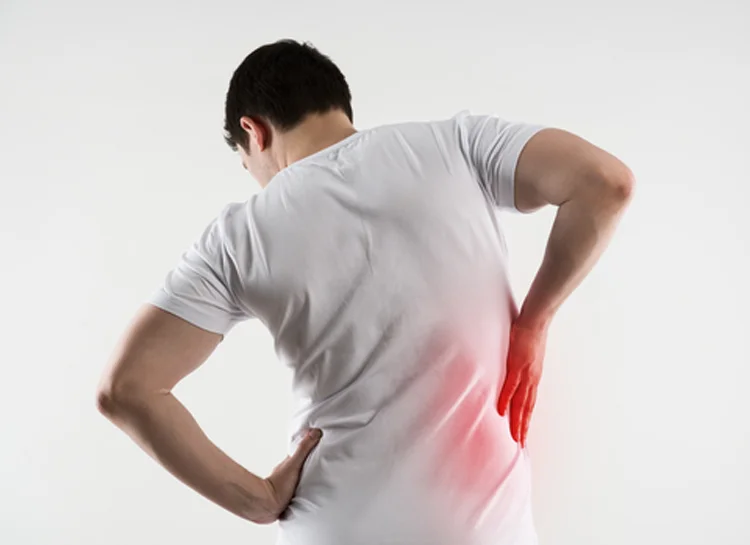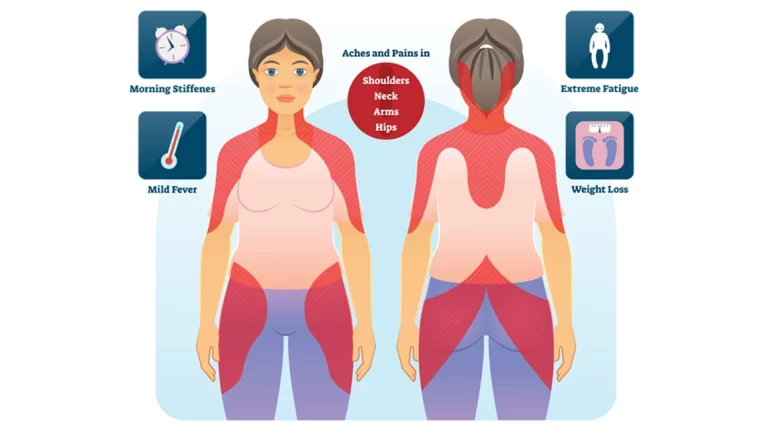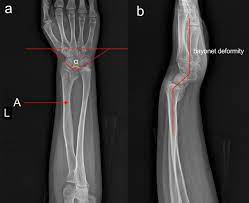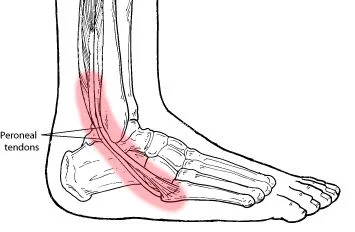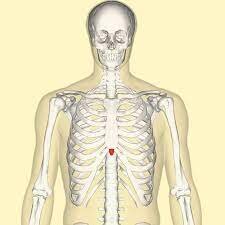Osteopenia
Osteopenia is a loss of bone mineral density (BMD) that exhausts bones. It is more usual in individuals older than 50, specifically women. Osteopenia does not have any kind of signs or symptoms, but a painless screening test may measure bone strength. Certain lifestyle changes may help a person to preserve bone density and prevent…

